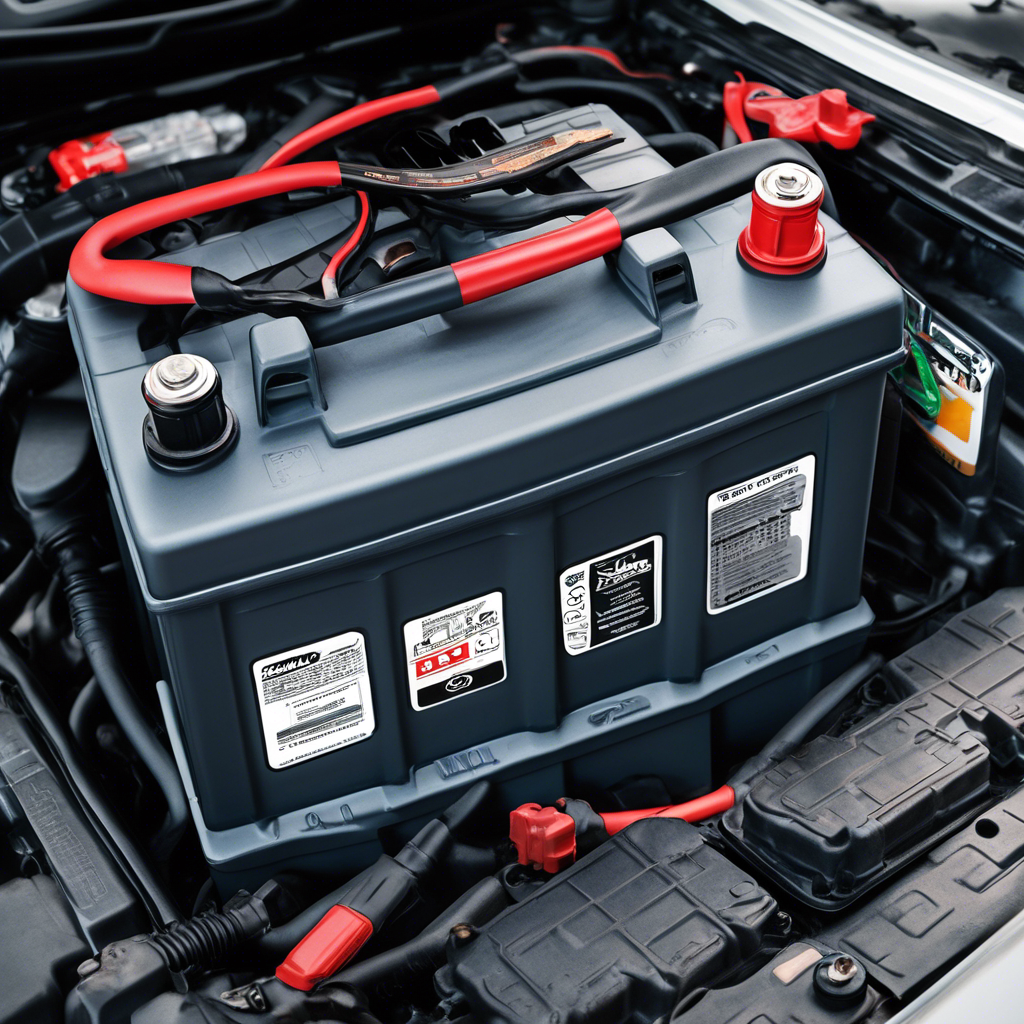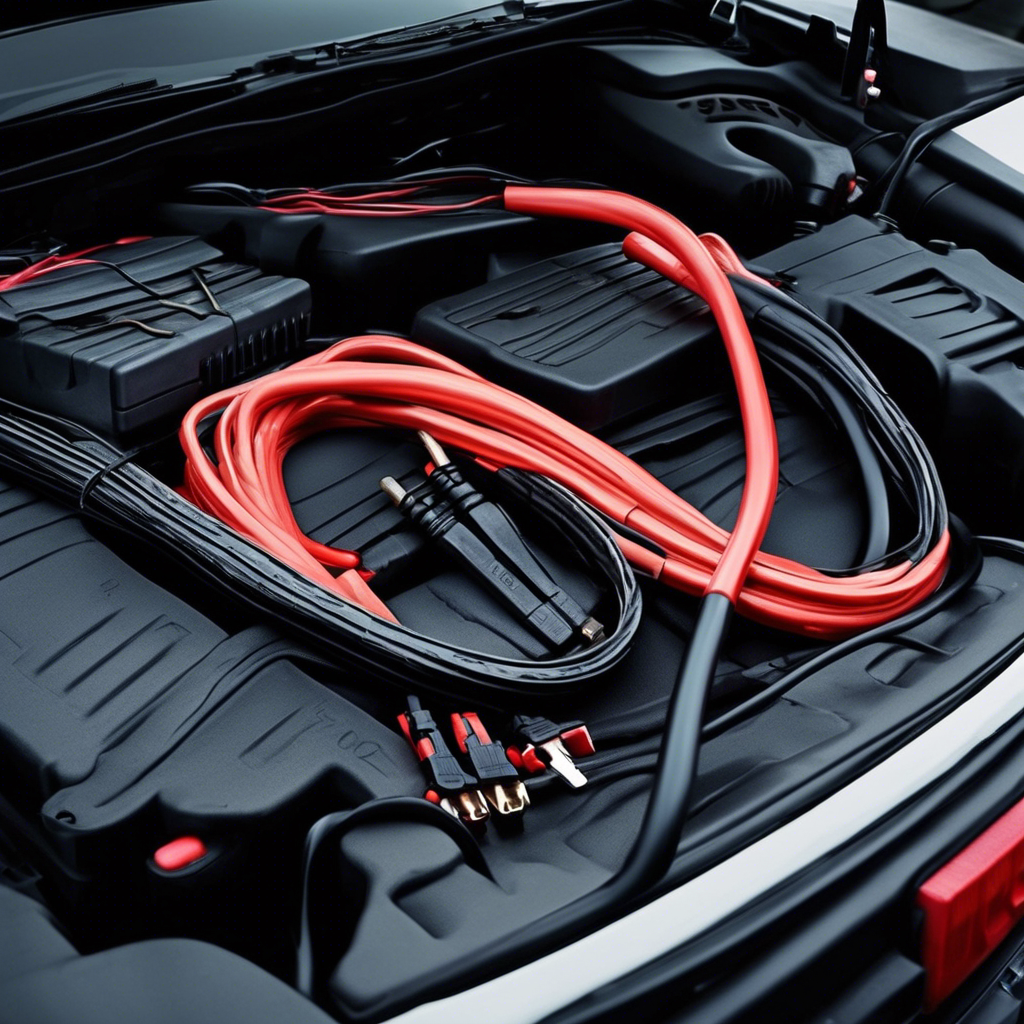Yes, a car battery can shock you. Car batteries are designed to provide a high amount of electrical power to start the engine and operate various electrical systems in the vehicle. The main component of a car battery is the electrolyte, which is a mixture of sulfuric acid and water. This electrolyte is highly corrosive and can cause severe burns or damage to the skin, eyes, and clothing if it comes into contact with them.

When a car battery is fully charged, it can produce around 12 volts of electrical power. While this voltage is not typically enough to cause a significant shock, it can still cause discomfort or a minor shock if you come into contact with it. However, if the battery is damaged or short-circuited, it can produce a much higher voltage and amperage, which can result in a more severe shock.

There are several scenarios in which you could potentially receive a shock from a car battery. One common scenario is when you are jump-starting a vehicle. During this process, you connect the positive and negative terminals of the dead battery to the corresponding terminals of a fully charged battery or a jump starter pack. If you accidentally touch the metal parts of the clamps or the terminals, you can complete an electrical circuit and receive a shock.

Another scenario is when you are working on the electrical systems of a vehicle and accidentally touch a live wire. The car battery is the main source of power for these electrical systems, and if you come into direct contact with a live wire, you can receive a shock.
To avoid getting shocked by a car battery, it is important to take some safety precautions. First and foremost, always wear protective gloves and safety glasses when working with car batteries. This will help protect your hands and eyes from the corrosive electrolyte and any potential shock. Make sure to also wear appropriate clothing to prevent any exposure to the battery.
When jump-starting a vehicle, make sure to connect the cables properly and in the correct order. First, connect the positive (+) terminal of the dead battery to the positive terminal of the charged battery or jump starter. Then, connect the negative (-) terminal of the charged battery or jump starter to a metal part of the vehicle with the dead battery, away from the battery itself. This will help prevent any accidental contact with the live electrical parts of the battery.
If you need to work on the electrical systems of a vehicle, always disconnect the negative terminal of the battery first. This will help reduce the risk of a shock by minimizing the potential for a complete circuit. Additionally, make sure to insulate any exposed electrical wires or connectors to prevent accidental contact.
In summary, while a car battery may not generate a high enough voltage to cause a severe shock, it is still capable of causing discomfort or a minor shock if you come into contact with it. Taking proper safety precautions, such as wearing protective gloves and safety glasses and following correct procedures when jump-starting a vehicle or working on its electrical systems, can help minimize the risk of receiving a shock from a car battery.
